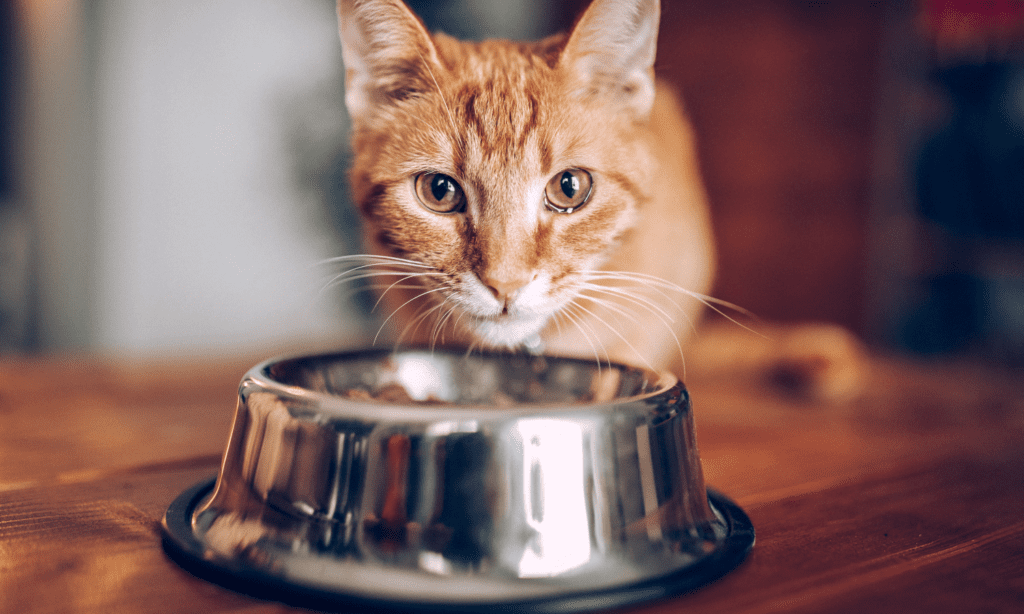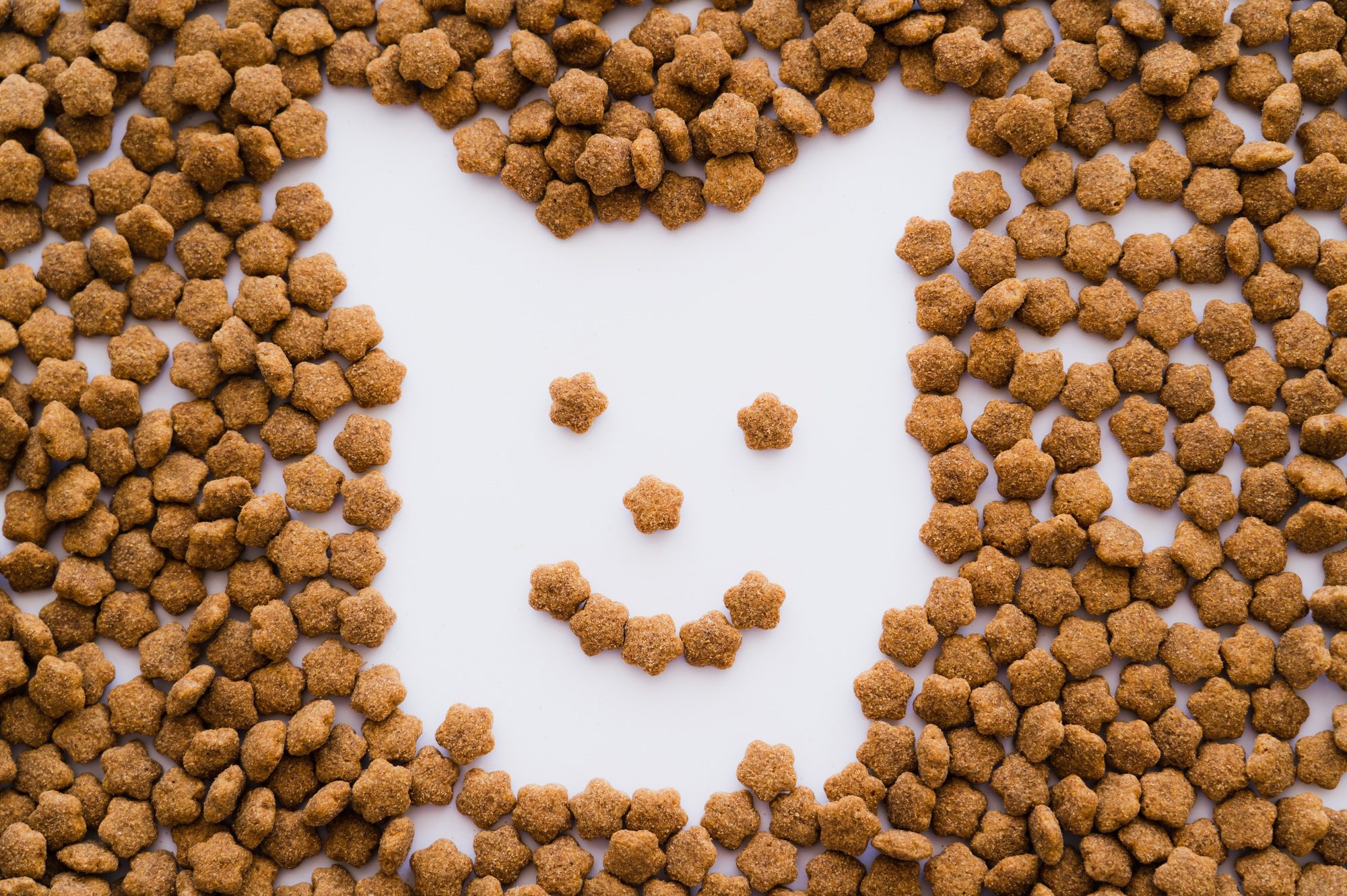Enhancing Pet Food Palatability
Introduction:
In the world of pet nutrition, ensuring that our furry companions receive a balanced and nutritious diet is of utmost importance. However, creating a pet food product that not only meets the nutritional needs but also entices pets to eagerly devour their meals can be a challenging task. This is where palatants come into play, playing a crucial role in enhancing the palatability of pet food products.

Understanding Palatants:
Palatants are additives incorporated into pet food formulations to improve the taste and aroma, making the food more appealing to pets. The goal is to stimulate a positive eating experience and encourage pets to consume the entire meal, ensuring they receive the essential nutrients for their well-being. Palatants can be natural or synthetic, and their formulation involves a delicate balance of various components to create an irresistible flavor profile.
Types of Palatants:
- Natural Palatants: Natural palatants are derived from real food ingredients that mimic the flavors pets naturally crave. This category includes ingredients like meat extracts, fish oils, and broth. Manufacturers often use processes such as hydrolysis to extract flavor compounds from natural sources, intensifying the palatability of the pet food.
- Synthetic Palatants: Synthetic palatants are created using chemicals to replicate specific flavors that appeal to pets. These compounds are carefully selected to create a balanced and appealing taste. While synthetic palatants may lack the complexity of natural flavors, they offer consistency and can be tailored to meet specific nutritional requirements.

Factors Influencing Palatability:
- Ingredient Quality: The quality of raw ingredients significantly impacts the palatability of pet food. Using high-quality meat, vegetables, and grains can contribute to a more flavorful and appealing final product.
- Texture and Consistency: The texture and consistency of pet food play a crucial role in palatability. Pets may have preferences for certain textures, and the incorporation of crunchy kibbles, moist morsels, or a combination of both can enhance the overall eating experience.
- Aroma: The aroma of pet food is closely linked to its palatability. Natural and synthetic flavors work in tandem with enticing aromas to create a sensory-rich meal that captures the attention of pets.
- Nutritional Balance: While palatants enhance taste, it’s essential to maintain a balanced nutritional profile. A well-balanced diet ensures that pets receive the necessary nutrients for optimal health alongside an enjoyable eating experience.

The Science Behind Palatability:
Palatability is not merely about creating a tasty meal for pets; it involves a deep understanding of their sensory preferences and the intricate science of taste perception. Pet food scientists meticulously formulate palatants, considering factors like taste receptors, flavor thresholds, and the unique preferences of different animal species.
- Taste Receptors: Pets, like humans, have taste receptors that detect different flavors—sweet, salty, sour, bitter, and umami. Palatants are designed to stimulate these taste receptors, creating a well-rounded and enjoyable flavor profile.
- Flavor Thresholds: Understanding the flavor thresholds of pets is crucial. Too much or too little of a certain flavor can impact the palatability negatively. Pet food scientists conduct sensory trials to determine the optimal levels of palatants needed to create a balanced and appealing taste.
- Species-Specific Preferences: Different animal species have unique taste preferences. For example, cats are obligate carnivores with a preference for meat flavors, while dogs may have a broader range of flavor preferences. Tailoring palatants to these specific preferences is essential for success in the pet food market.

Challenges in Palatant Development:
- Regulatory Considerations: The development of pet food palatants involves navigating regulatory guidelines to ensure the safety and compliance of the products. Balancing taste enhancement with regulatory requirements can pose a challenge for manufacturers.
- Sensory Variability: Pets, like humans, can exhibit individual preferences. The challenge for pet food manufacturers is to create palatants that appeal to a broad spectrum of pets, considering the diverse tastes and preferences within each species.
- Natural vs. Synthetic Debate: There is an ongoing debate in the pet food industry regarding the use of natural versus synthetic palatants. Striking a balance between these two categories while meeting consumer demands for natural and clean-label products adds complexity to the formulation process.
Innovation in Palatant Technology:
As the pet food industry continues to evolve, so does the technology behind palatant development. Manufacturers are exploring innovative approaches to enhance palatability while addressing the challenges associated with ingredient sourcing, regulatory compliance, and consumer preferences.
- Advanced Flavor Encapsulation: Flavor encapsulation technologies help protect sensitive flavor compounds, ensuring their stability during processing and storage. This technology allows for the gradual release of flavors, providing a consistent and appealing taste experience for pets.
- Precision Palatant Blending: Precision blending involves the careful combination of natural and synthetic palatants to create a flavor profile that aligns with pet preferences. This approach allows for a more nuanced and tailored taste experience.
- Functional Palatants: Beyond taste, functional palatants may offer additional benefits, such as promoting oral health or providing targeted nutritional support. These palatants contribute to the overall well-being of pets while enhancing the palatability of the food.

Consumer Trends and Preferences:
In recent years, pet owners have become increasingly conscious of the ingredients in their pets’ food, driving a demand for transparency and natural formulations. This shift in consumer preferences has influenced the pet food industry, leading to the development of palatants that align with clean-label trends.
- Clean-Label Palatants: Clean-label palatants use minimally processed and recognizable ingredients, catering to consumers seeking transparency in pet food formulations. This trend reflects a broader consumer shift toward natural and wholesome products for their pets.
- Customization and Personalization: Pet owners are increasingly looking for personalized and customized pet food options tailored to their pets’ specific needs. This includes palatants that align with individual preferences, dietary restrictions, or health considerations.
- Ethical Sourcing: Ethical considerations, such as sustainable and ethically sourced ingredients, are gaining prominence. Manufacturers are exploring ways to incorporate palatants that not only meet pet preferences but also align with ethical and environmental values.
Conclusion:
Palatants play a pivotal role in the success of pet food products by enhancing taste and aroma, making meals more appealing to our beloved companions. The dynamic interplay of natural and synthetic palatants, coupled with advancements in technology, continues to shape the landscape of pet food palatability. As consumer preferences evolve, the industry is poised to respond with innovative solutions that prioritize both the health and enjoyment of our furry friends’ dining experiences. Balancing nutritional integrity, sensory appeal, and ethical considerations will remain at the forefront of pet food development, ensuring that our pets receive not only nourishing but also delectable meals that cater to their diverse tastes and preferences.













